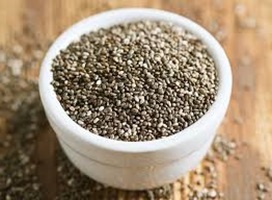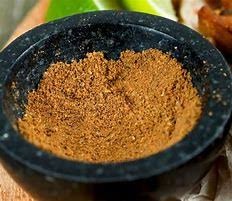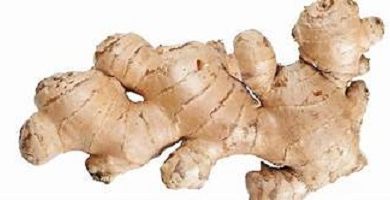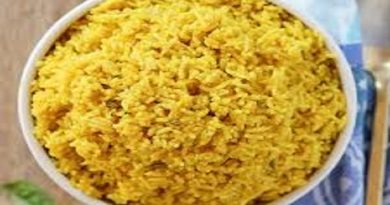Love Eating Chia Seeds? Avoid Pairing with These Foods
Love Eating Chia Seeds? Avoid Pairing with These Foods
Chia seeds are undeniably healthy, but consuming them the wrong way can diminish their benefits. Learn which foods you should avoid combining with chia seeds for optimal nutrition.

Chia seeds are a versatile superfood that can enhance weight loss and overall well-being.
Packed with fiber, omega-3 fatty acids, protein, and antioxidants, they’re a great addition to your diet, whether in breakfast dishes, snacks, or beverages.
However, improper combinations with certain foods can lead to digestive discomfort and reduced nutrient absorption.
Here are the foods to avoid with chia seeds and why these combinations might cause issues.
Love Eating Chia Seeds: Foods to Avoid with Chia Seeds
1. Foods High in Phytic Acid
Phytic acid, found in beans, lentils, nuts, and some grains, interferes with mineral absorption.
Since chia seeds are already high in phytic acid, combining them with these foods can reduce your body’s ability to absorb essential nutrients like calcium, iron, and zinc.
For those relying on plant-based diets, this could lead to mineral deficiencies over time.
2. Fiber-Rich Foods
Chia seeds are fiber powerhouses, containing around 10 grams of fiber per 28 grams. Consuming them alongside other fiber-rich foods like bran, oats, apples, or pears can overload the digestive system, causing bloating, gas, or discomfort. Chia seeds’ ability to absorb water and expand may exacerbate these issues when combined with excessive fiber.
3. Dairy Products
For those with lactose intolerance or dairy sensitivities, pairing chia seeds with dairy products like milk, yogurt, or cheese can lead to digestive discomfort. The high fiber content of chia seeds combined with the heaviness of dairy might slow digestion, causing bloating, gas, or stomach pain. Opt for plant-based milk or yogurt alternatives if you’re sensitive to dairy.
4. High-Oxalate Foods
Oxalates, found in spinach, beet greens, and sweet potatoes, can bind with calcium and lead to kidney stone formation in some people. Since chia seeds also contain oxalates, combining them with high-oxalate foods may increase the risk of developing kidney stones, especially for individuals predisposed to this condition.
5. Sugary Foods
Pairing chia seeds with sugary foods like desserts, sweetened beverages, or breakfast cereals can negate their health benefits. Chia seeds help regulate blood sugar levels, but combining them with sugar-laden foods may cause spikes in blood sugar and subsequent energy crashes. For sweetness, consider natural options like honey or maple syrup.
The Right Way to Eat Chia Seeds
To fully enjoy the benefits of chia seeds, it’s important to prepare and consume them properly. Here are some tips:
1. Soak Before Eating
Chia seeds are hydrophilic, meaning they absorb water and expand significantly. Soaking them in water or liquid for 20-30 minutes (or overnight) makes them easier to digest and prevents them from absorbing moisture in your digestive tract.
2. Add to Smoothies or Juices
Blending chia seeds into smoothies or juices enhances the drink’s nutrition while providing a thick, satisfying texture.
3. Use in Baking
Chia seeds can replace eggs in baking recipes or be added to muffins, bread, and pancakes. To make a chia egg, mix one tablespoon of chia seeds with three tablespoons of water and let it form a gel.
4. Sprinkle on Foods
Sprinkle dry chia seeds over salads, cereals, or yogurt for a quick nutrient boost. If consumed dry, drink plenty of water to avoid digestive issues.

Key Takeaways
Chia seeds are a superfood, but combining them with high-phytic acid foods, excessive fiber, dairy, oxalate-rich foods, or sugary items may reduce their benefits.
For safe consumption, soak chia seeds, add them to smoothies, use them in baking, or sprinkle them on foods while staying hydrated.
FAQs on Love Eating Chia Seeds
- How much chia seeds should you eat daily?
1-2 tablespoons (15-30 grams) per day is generally safe and beneficial. - When is the best time to eat chia seeds?
Morning is ideal, as their fiber content helps stabilize blood sugar levels and provides sustained energy throughout the day.


